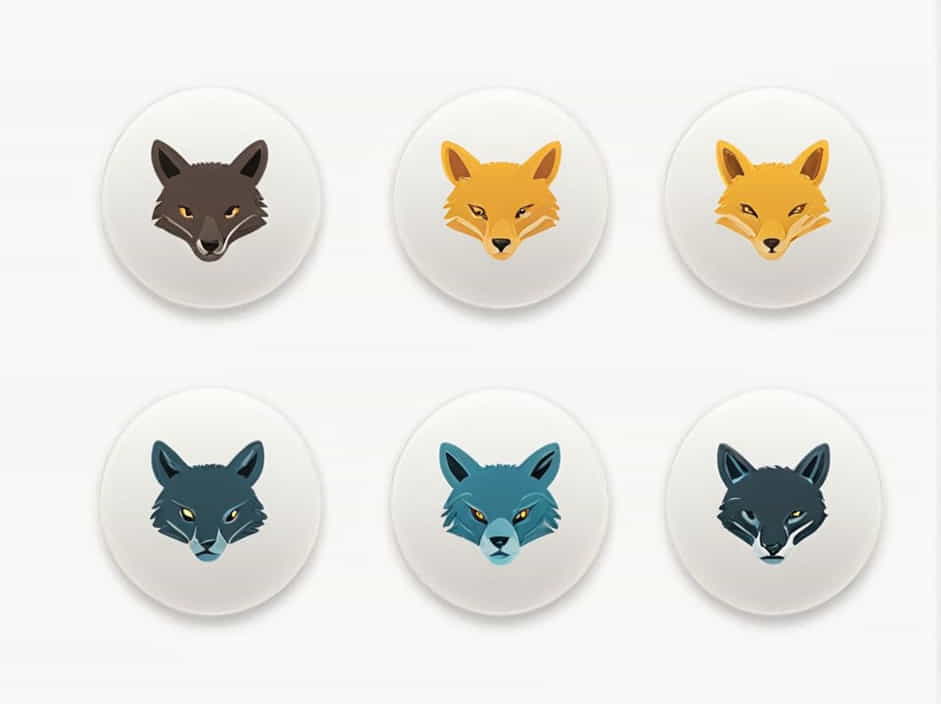Predators use various hunting techniques, but some rely on disembowelment to take down their prey. This method is gruesome yet effective, allowing hunters to quickly incapacitate and consume their victims. In this topic, we will explore the most notorious animals that use this technique, how they do it, and why it gives them an advantage in the wild.
Why Do Some Animals Disembowel Their Prey?
Disembowelment is a hunting strategy that ensures a swift kill. By targeting the abdomen, predators can inflict severe internal injuries, leading to rapid blood loss or organ failure. This method is particularly useful when dealing with large, strong prey that may fight back.
Animals Known for Disemboweling Their Prey
1. Big Cats (Lions, Tigers, and Leopards)
Big cats are among the most skilled predators when it comes to disembowelment. While they often rely on suffocation to finish their prey, they also use their sharp claws to rip open the abdomen. This strategy is commonly seen in fights with large herbivores such as wildebeests, zebras, and even buffalo.
- Tigers use their powerful forelimbs and sharp claws to open up an animal’s belly, causing fatal injuries.
- Leopards, being solitary hunters, rely on quick, precise attacks, often targeting the underbelly of their prey.
- Lions, especially males, use their strength to pin down and tear apart large animals in group hunts.
2. Komodo Dragons
Komodo dragons are infamous for their brutal hunting style. They use their serrated teeth to inflict deep wounds on their prey, often disemboweling them in the process. Once bitten, the victim may not die immediately, but the lacerations lead to severe blood loss, infection, and eventual death.
Komodo dragons also have a unique advantage: their saliva contains harmful bacteria and venom, which accelerate the weakening of their prey. After delivering the initial attack, they patiently follow the injured animal until it collapses.
3. Wolverines
Despite their small size, wolverines are incredibly aggressive predators. They are known for disemboweling their prey using their sharp claws and powerful jaws. Wolverines can take down animals much larger than themselves, including deer and caribou, by targeting the soft underbelly.
4. Eagles and Birds of Prey
Raptors, especially large eagles, use their sharp talons to rip open the stomachs of their prey. This is particularly common when they hunt smaller mammals like rabbits and foxes.
- Golden eagles have been observed attacking large prey such as mountain goats, sometimes tearing into their abdomens mid-air.
- Harpy eagles use their massive talons to crush bones and disembowel monkeys and sloths in the treetops.
5. Hyenas
Hyenas are known for their bone-crushing bites, but they also engage in disembowelment, especially when attacking in groups. They often target the abdomen to weaken their prey quickly. Unlike big cats, which aim for the throat, hyenas may start feeding on a live animal’s belly while it is still struggling.
6. Crocodiles and Alligators
Crocodiles and alligators use a different approach to disembowelment. When they catch prey, they perform a “death roll,” twisting their bodies violently to tear flesh apart. This technique often results in the victim’s internal organs spilling out, making it easier for the predator to consume.
The Evolutionary Advantage of Disembowelment
Animals that use disembowelment as a hunting technique gain several advantages:
- Faster kills: A deep abdominal wound quickly incapacitates prey, reducing the risk of escape.
- Less struggle: Many animals can fight back fiercely when attacked. Disembowelment weakens them rapidly, lowering the chance of injury to the predator.
- Efficient feeding: By exposing the internal organs, predators can access nutrient-rich parts of the body more easily.
Disembowelment is one of nature’s most brutal yet effective hunting methods. From big cats to crocodiles, various predators use this strategy to dominate their ecosystems. While it may seem gruesome, it highlights the raw power and efficiency of nature’s top hunters.
